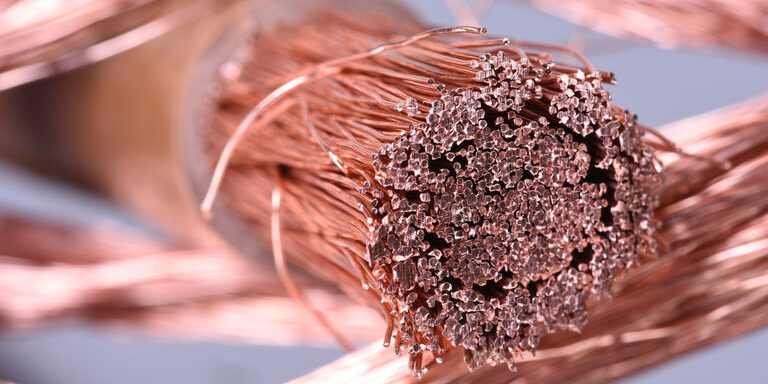TFM declares a Q3, 2022 production of 61,992 tons of copper contributing 308.86 million USD to the DRC Public Treasury
Tenke Fungurume Mining Company is pleased to report that in the third quarter of 2022 it produced approximately 61,992 tons of copper cathodes and 4,910 tons of cobalt metal in the form of cobalt hydroxide.
In the third quarter of 2022, the Company paid a net amount of approximately $308.86 million in taxes and other related payments to the Treasury and other public administrative services of the Democratic Republic of Congo (DRC). During the first three quarters of 2022, this amount was 924.44 million USD. Since the start of the project in 2006, these payments have totaled approximately USD 4.705 billion.
Current operations employ approximately 3,375 permanent employees and 13,125
contractors.
The Corporation has also made significant investments in the area of community development. Since 2006, TFM has funded a total of $259.03 million in community projects.
In the first three quarters of 2022, the company contributed $26.18 million to social projects, including $6.95 million in the third quarter. In addition, TFM allocates 0.3% of the net proceeds from the sale of metals to the fund called TFM Social Community Fund.
Since the start of production, contributions to the Fund total $59.05 million, with $4.37 million allocated in the first three quarters of 2022. The TFM Social Community Fund is led by community representatives from Tenke and Fungurume, the provincial government and TFM.
Overall, tax payments, transfer premiums, consultancy fees and low-interest loans granted by TFM and its majority shareholder (CMOC) to the Congolese state-owned company (Gécamines), local assets, community development contributions and contributions to the Fund account for $5.18 billion in financial contributions and community development contributions made to the DRC.
Given the current tax conditions applied to TFM, more than half of the economic benefits generated by the project remain in the DRC in the form of taxes, royalties and duties. And if we include the economic impacts resulting from the provision of services at the local level.
For example, the purchase of energy from SNEL. More than two-thirds of the project’s spinoffs stay in the country.
58 total views , 1 views today





